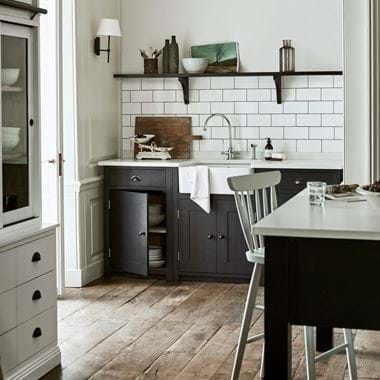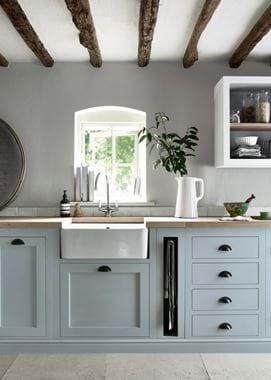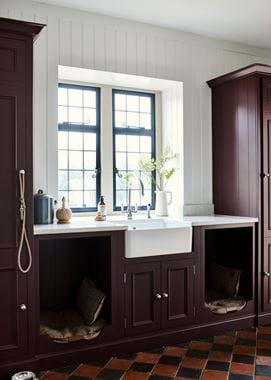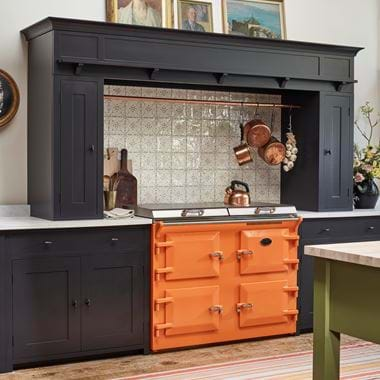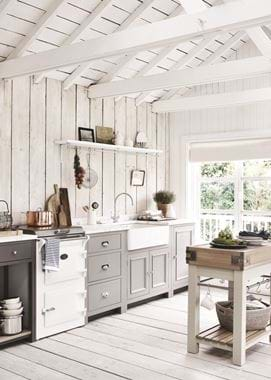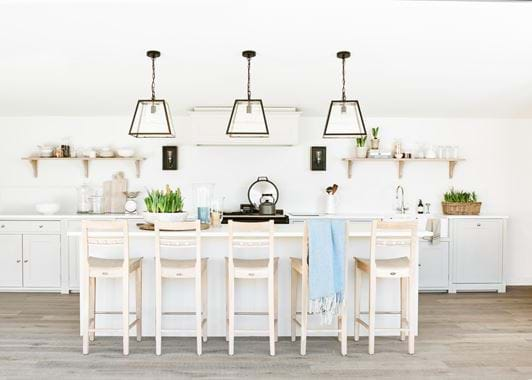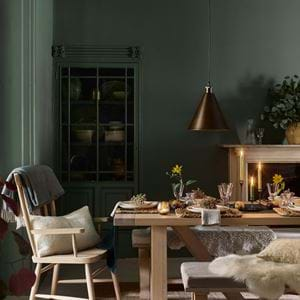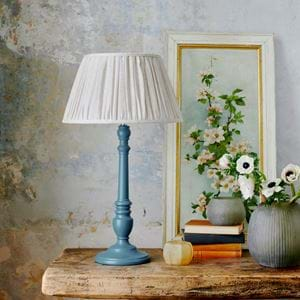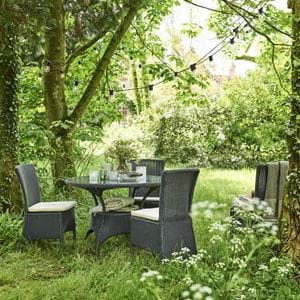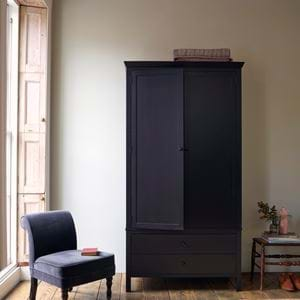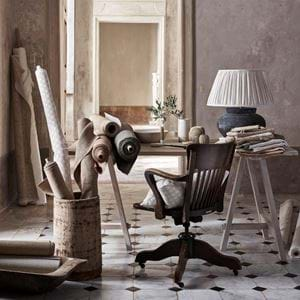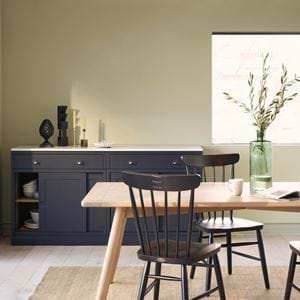A brief history of kitchens
A brief history of kitchens
You could say, the kitchen as we know it, began in 1802 with the invention of the range oven. Prior to that, and for hundreds of years, the cooking space was simply a room with a hearth, a wood fire and pots suspended above the heat. Not even bread was baked at home but in the community oven belonging to the local Lord of the Manor.
The arrival of the range changed all that and the Victorians took kitchens to the next level introducing innovations such as rotating spice racks, steam powered spits and even can openers (about 50 years after canned food was created). Architectural advice was to site the kitchen on the cooler side of the house, facing north or east, with high ceilings to keep the room cool. And while grander houses had a warren of cook-rooms, even middle class houses had a separate kitchen, scullery, larder and coal store.
Until the 20th century, most kitchens didn’t have a sink. Instead there was a dry kitchen and a wet kitchen or scullery; the Belfast (or Butler) sink was in the scullery usually under a window for better light. The kitchen floor was stone slabs or tiles, although there was sometimes a wooden floor area where the cook stood. The Victorian kitchen also used a rectangular wooden table for the preparation of meals and a dresser for storage.
But as the Victorian age drew to a close, so the kitchen changed again, led this time by social change - the availability and types of foods, a lack of servants and technology that provided water, fuel and even refrigeration. After the First World War, new homes had smaller kitchens and were functional. Very functional. Cupboards were painted (or enamelled) in gloss white oil paint to make them easy to clean and ‘toe spaces’ were introduced under floor units to make standing more comfortable. Hard flagstones were replaced by more forgiving checkerboard Lino floors. Sinks often stood on legs like a piece of furniture as it was considered hygienic to allow air to circulate around the sink and prevent damp.
The Second World War halted any development in kitchen design, but after years of restrictions, new kitchens were a riot of colour, texture and print. Two-tone schemes were popular and cheerful tiles were used for worktops. Fitted kitchens were still rare but the kitchen cabinet - an all-singing dresser with numerous compartments - was a worthy forerunner.
The 1950s saw the growth of the fitted kitchen and arrival of the kitchen-diner. It was a time of Americana-mania and the relaxed approached to cooking and eating influenced our kitchen design. As the 60s progressed so did futuristic Space Age designs and the kitchen became a glamorous entertaining space. Pine was huge, mixed with bold colours like orange, mustard and aubergine shades. But the biggest development was the concept of the ergonomic ‘working triangle’ between the stove, sink and fridge which we still use today.
Wood continued to be a fashion statement through the 1970s; cabinets, panelling and even ceilings were clad in orange-y pine and kitchen islands became popular as the room size increased. In the 1980s the kitchen truly became the heart of the home. The pantry became a must-have and country style living, with pastel cupboards and Laura Ashley-style florals, was all the rage.
In comparison, the 1990s was an antidote to the prettiness of the ‘80s country kitchen. Minimalist Scandi and Italian design led the way with pale wood and white cabinetry and a hint of industrial chic. But by the 2000s, our kitchen were, on average, nearly double the size of their 1920s counterparts and incorporated dining, working and relaxing areas. Appliances grew too with American fridges and vast ranges not looking out of place.
Today, entertaining is a key focus of our kitchens with islands creating social flows, large tables for gatherings and plenty of seating. Traditional pieces like the Belfast sink and dresser have stood the test of time, combined with a more moderate decorative approach - less Space Age or minimalist but definitely more elegant and welcoming.

